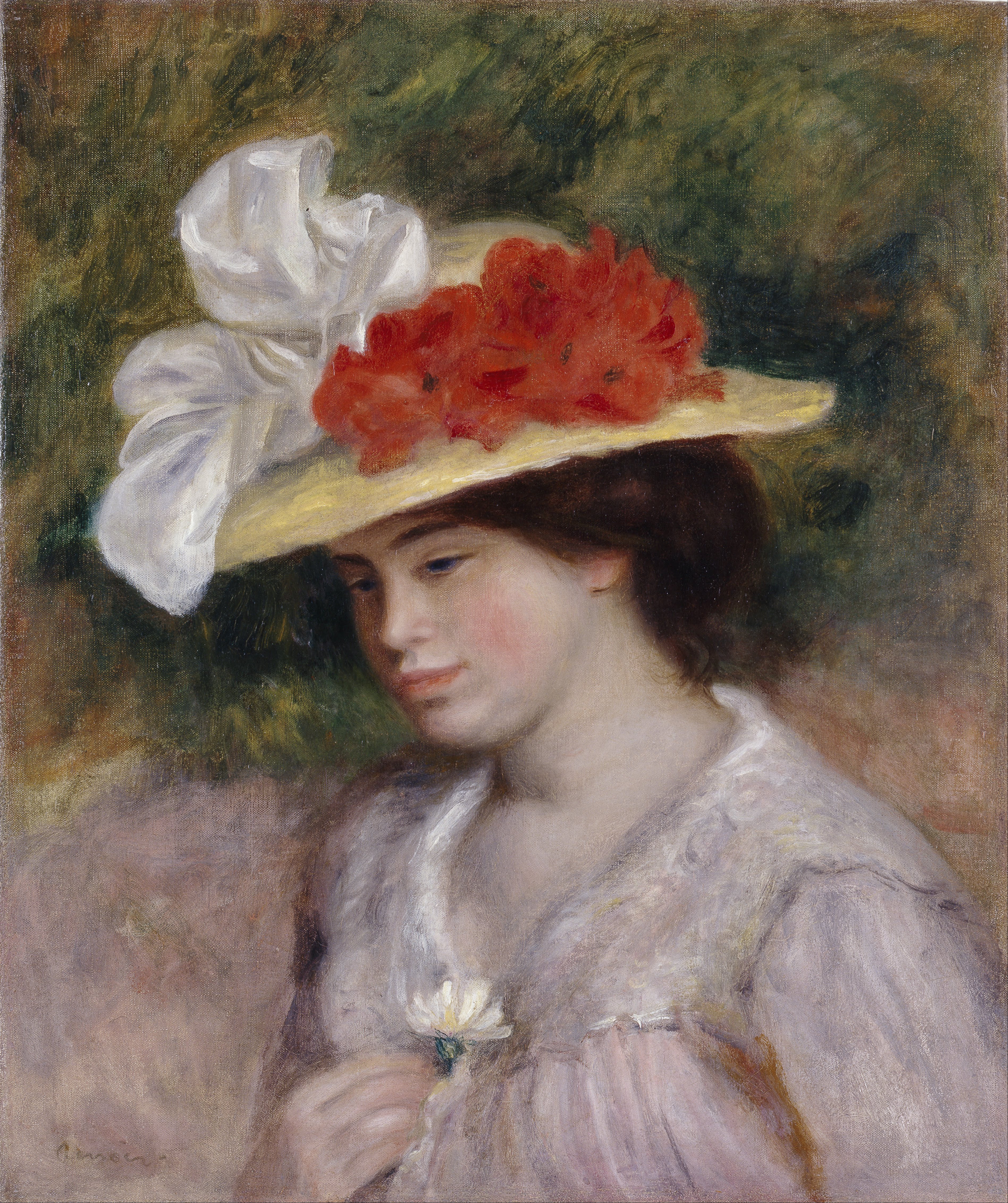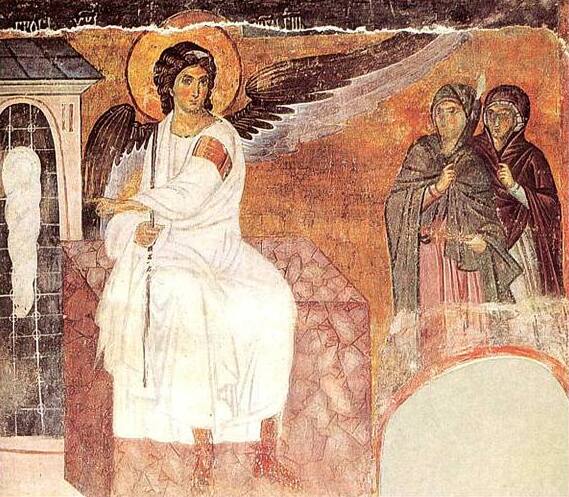|
Ň°ubara
The ''Ň°ubara'' ( sr-cyr, —ą—É–Ī–į—Ä–į) is a type of traditional male winter hat used mostly by the Serbs, but also Macedonians and Janjevci in their folk attire. It is in a conical or cylindrical shape predominantly in black colour, because of the black lamb/sheep fur (woollen). The ''Ň°ubara'' is a traditional peasant hat used in harsher and colder times. It was used in World War I by the Serbian soldiers and by the Chetniks in World War II and again during the Yugoslav Wars The Yugoslav Wars were a series of separate but related#Naimark, Naimark (2003), p. xvii. ethnic conflicts, wars of independence, and Insurgency, insurgencies that took place from 1991 to 2001 in what had been the Socialist Federal Republic of .... It usually has the cockade (''kokarda'') of the Serbian eagle or other Serbian symbols. See also *Serbian dress, Serbian Folk attire *Goran ҆ubara, Australian Serb footballer *Petar ҆ubara, Yugoslav major (҆ubara was a nickname) *Woolen hats used by o ... [...More Info...] [...Related Items...] OR: [Wikipedia] [Google] [Baidu] [Amazon] |
Serbian Dress
Serbian traditional clothing, also called as Serbian national costume or Serbian dress (, plural: / ), refers to the traditional clothing worn by Serbs living in Serbia, Croatia, Bosnia and Herzegovina, Montenegro, and the extended Serbian diaspora communities in Austria, Australia, Bulgaria, Canada, France, Germany, Greece, Hungary, North Macedonia, Romania, Russia, Slovenia, United States, etc. Like any traditional dress of a nation or culture, it has been lost to the advent of urbanization, industrialization, and the growing market of international clothing trends. The wide range of regional folk costumes show influence from historical Austrian, Hungarian, German, Italian, and Ottoman Turkish presence. Nonetheless, the costumes are still a pinnacle part of Serbian folk culture. From the 19th century and onwards, Serbs have adopted western-styled clothing. This change has started in larger settlements such as cities and towns, although it was not uncommon to see rural wo ... [...More Info...] [...Related Items...] OR: [Wikipedia] [Google] [Baidu] [Amazon] |
Janjevci
Janjevci (, , ), Kosovo Croats (, ) or Janjevci Croats () are a Croat community in Kosovo, inhabiting the town of Janjevo and surrounding villages near Pristina, as well as villages centered on Letnica near Vitia (҆aŇ°are, Vrnez, and Vrnavokolo), who are also known as ''Letnińćani''. They are not officially recognised as a national minority group. They are considered among the oldest of the Croatian diaspora communities. Identity and culture The Janjevci, an ethnic Croat community, derive their name from their traditional community center, Janjevo. It is believed that the community descends from migrating merchants, miners and entrepreneurs from the Republic of Ragusa (Dubrovnik and its hinterland, families Glasnovińá, Macukińá, ńÜibarińá, Matińá, Ivanovińá), Bosnia and Herzegovina (families Ivanovińá and Brkińá) and Kotor who settled the area in the 14th century medieval Serbia, The earliest written record of Catholics in Janjevo is a letter from Pope Benedict XI, dated 1 ... [...More Info...] [...Related Items...] OR: [Wikipedia] [Google] [Baidu] [Amazon] |
Ushanka
An ushanka (, , from , ), also called an ushanka-hat (, ), is a Russian fur hat with ear-covering flaps that can be tied up on the crown of the cap, or fastened at the chin to protect the ears, jaw, and lower chin from the cold. An alternative way to wear is to bend the flaps back and tie them behind the head, which is called " ski-style" ‚ÄĒ this offers less protection from the elements, but much better visibility, essential for high-speed skiing. The dense fur also offers some protection against blunt impacts to the head. They are also traditionally worn in the Baltic region including Sweden, Finland, Norway and the entire Eastern European region. Materials Ushanka hats are made from sheepskin (''tsigeyka'' or ''mouton''), karakul, rabbit, muskrat, mink and many other furs. Artificial fur hats are also manufactured and are referred to as " fish fur" since the material is not from any real animal. The simplest "fish fur" of ''ushanka''s was made of wool pile with clot ... [...More Info...] [...Related Items...] OR: [Wikipedia] [Google] [Baidu] [Amazon] |
Woolen Clothing
Woolen (American English) or woollen (Commonwealth English) is a type of yarn made from carded wool. Woolen yarn is soft, light, stretchy, and full of air. It is thus a good insulator, and makes a good knitting yarn. Woolen yarn is in contrast to worsted yarn, in which the fibers are combed to lie parallel rather than carded, producing a hard, strong yarn. Commercial manufacture The woolen and worsted process both require that the wool (and other similar animal fibres, cashmere, camel, etc.) be cleaned before mechanical processing. Woolen and worsted nomenclatures apply only to the textile processing of animal fibres, but it has become common to include fibre blends under these terms. The resultant fabrics will be classified as being either woolen or worsted, but this designation is assigned during fiber processing and yarn formation, not in the cloth or finished garment. A woven woolen fabric is one which is subjected to fabric finishing techniques designed to add a direc ... [...More Info...] [...Related Items...] OR: [Wikipedia] [Google] [Baidu] [Amazon] |
Hats
A hat is a head covering which is worn for various reasons, including protection against weather conditions, ceremonial reasons such as university graduation, religious reasons, safety, or as a fashion accessory. Hats which incorporate mechanical features, such as visors, spikes, flaps, braces or beer holders shade into the broader category of headgear. In the past, hats were an indicator of social status. In the military, hats may denote nationality, branch of service, rank or regiment. Police typically wear distinctive hats such as peaked caps or brimmed hats, such as those worn by the Royal Canadian Mounted Police. Some hats have a protective function. As examples, the hard hat protects construction workers' heads from injury by falling objects, a British police Custodian helmet protects the officer's head, a sun hat shades the face and shoulders from the sun, a cowboy hat protects against sun and rain and an ushanka fur hat with fold-down earflaps keeps the head ... [...More Info...] [...Related Items...] OR: [Wikipedia] [Google] [Baidu] [Amazon] |
Caps
Caps are flat headgear. Caps or CAPS may also refer to: Science and technology Computing * CESG Assisted Products Service, provided by the U.K. Government Communications Headquarters * Composite Application Platform Suite, by Java Caps, a Java framework * Computer Animation Production System, a film animation post-production system developed by Walt Disney Feature Animation and Pixar Biology, medicine and psychology Genetics * Calcyphosin, the CAPS gene and its protein * Cleaved amplified polymorphic sequence, markers used to detect a polymorphic sequence Medical conditions * Auditory processing disorder (APD), formerly Central Auditory Processing Syndrome * Catastrophic antiphospholipid syndrome * Cryopyrin-associated periodic syndrome, a spectrum of autoinflammatory syndrome Other uses in biology, medicine and psychology * CAPS (buffer), N-cyclohexyl-3-aminopropanesulfonic acid, in biochemistry, a buffering agent * Cognitive-affective personality system, a model within p ... [...More Info...] [...Related Items...] OR: [Wikipedia] [Google] [Baidu] [Amazon] |
Headgear
Headgear, headwear, or headdress is any element of clothing which is worn on one's Human head, head, including hats, helmets, turbans and many other types. Headgear is worn for many purposes, including protective clothing, protection against the elements, decorative, decoration, or for religious or cultural reasons, including social conventions. Purposes Protection or defence Headgear may be worn for protective clothing, protection against cold (such as the Canadian tuque), heat, rain and other Precipitation (meteorology), precipitation, glare, sunburn, sunstroke, dust, contaminants, etc. Helmets are worn for protection in battle or against impact, for instance when riding bicycles or motor vehicles. Fashion Headgear can be an article of fashion, usually hats, caps or hood (headgear), hoods. The formal man's black silk top hat was formerly an indispensable portion of the suit, and women's hats have, over the years, attained a fantastic number of shapes ranging from immense c ... [...More Info...] [...Related Items...] OR: [Wikipedia] [Google] [Baidu] [Amazon] |
Culture Of Serbia
Serbian culture is a term that encompasses the Serbian art, artistic, Serbian cuisine, culinary, Serbian literature, literary, Music of Serbia, musical, Politics of Serbia, political and Serb traditions, social elements that are representative of Serbs and Serbia. History The Byzantine Empire had a great influence on Serbian culture as it initially governed the Byzantine and Frankish Empire, Frankish frontiers in the name of the emperors. Serbs soon formed an Principality of Serbia (early medieval), independent country. They were baptised by Eastern Orthodox missionaries and adopted the Cyrillic script, with both Latin and Catholic influences in the southern regions. The Republic of Venice influenced the maritime regions of the Serbian state in the Middle Ages. The Serbian Orthodox Church gained autocephaly from Constantinople in 1219. The pope declared Stefan the First Crowned king, starting a prosperous Serbia in the Middle Ages, medieval period of Serbian culture. The ... [...More Info...] [...Related Items...] OR: [Wikipedia] [Google] [Baidu] [Amazon] |
1920s Fashion
Western fashion in the 1920s underwent a modernization. Women's fashion continued to evolve from the restrictions of gender roles and traditional styles of the Victorian era. Women wore looser clothing which revealed more of the arms and legs, that had begun at least a decade prior with the rising of hemlines to the ankle and the movement from the S-bend corset to the columnar silhouette of the 1910s. Men also began to wear less formal daily attire and athletic clothing or ' Sportswear' became a part of mainstream fashion for the first time. Fashion in the 1920s was largely impacted by women. They challenged the standard of femininity through clothing, as many of their typical dress items were impractical to move around in. For many, fashion had become a symbol of women's social liberation or the modernization of womanhood. However, it had also become a place where slim body structures and restraints of gender roles were implied. The 1920s are characterized by two distinct pe ... [...More Info...] [...Related Items...] OR: [Wikipedia] [Google] [Baidu] [Amazon] |






